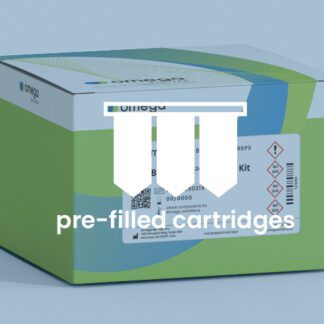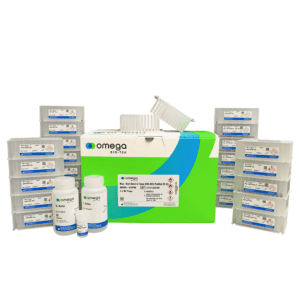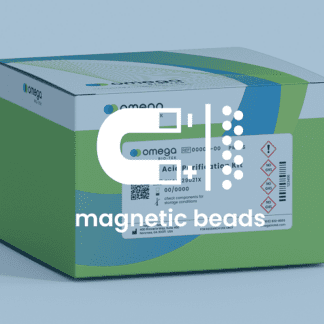The non-invasive nature of sample collection makes saliva an appealing sample type for patients and researchers alike. However, one hindrance to using saliva for genomic analysis is the appearance of low purity in eluates when quantified using absorbance ratios. Here, we discuss the nature of absorbance ratios and contextualize their meaning when analyzing extractions from saliva.
The absorbance ratio measures the amount of light absorbed by a sample at specific wavelengths and compares them in a ratio to deduce purity of the sample. Light absorbance at 230 nm is used to detect the presence of contaminating compounds like phenols, carbohydrates, and other organics, and absorbance at 280 nm is used to detect the presence of proteins, especially aromatic amino acids. The ideal value of the A260/A230 and A260/A280 ratios is ~1.8, though A260/A230 ratios tend to produce higher standard deviations1.
Saliva samples tend to contain a large amount of carbohydrates due to the presence of digestion enzymes and mucin2. Though DNA extraction protocols tend to wash away most contaminating proteins and compounds, residual carbohydrates often remain due to the sheer amount present in the sample in the first place. Because of their affinity for absorbing light at 230 nm, even the small residual carbohydrates left in the sample can lead to higher absorbance at 230 nm and therefore poor A260/A230 ratios. However, it has been shown that, despite showing A260/A230 ratios below 1.7, DNA extracted from saliva is able to provide sufficient genomic data downstream3.
A more accurate measure of the purity of DNA purified from saliva samples is the A260/A280 ratio. Absorbance at 280 nm will detect the presence of contaminating amino acids without detecting leftover carbohydrates. In addition, purity and integrity of extracted DNA and RNA should always be quantified using multiple methods to garner a complete profile. In all, it can be seen that A260/A230 ratios from nucleic acids extracted from saliva do not necessarily indicate poor quality and are potentially still viable for downstream applications.
References
[1] Koetsier, G. & Cantor, E. A Practical Guide to Analyzing Nucleic Acid Concentration and Purity with Microvolume Spectrophotometers. New England Biolabs 2019.
[2] des Gachons, C.P. & Breslin, P.A.S. Salivary Amylase: Digestion and Metabolic Syndrome. Current diabetes reports [Online] 2016, 16(10), 102. https://doi.org/10.1007/s11892-016-0794-7
[3] Poehls, U.G., Hack, C.C, Ekici A.B. et al. Saliva samples as a source of DNA for high throughput genotyping: an acceptable and sufficient means in improve of risk estimation throughout mammographic disgnosis. Eur J Med Res 2018, 23, 20. https://doi.org/10.1186/s40001-018-0318-9
WP-0047
Related Products
-
Blood and Bodily Fluids
Mag-Bind® Blood & Tissue DNA HDQ 96 Kit
$0.00 – $5,022.50 Select options This product has multiple variants. The options may be chosen on the product page



